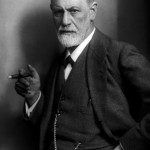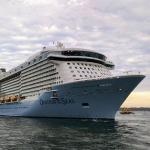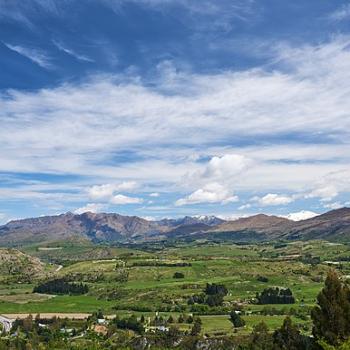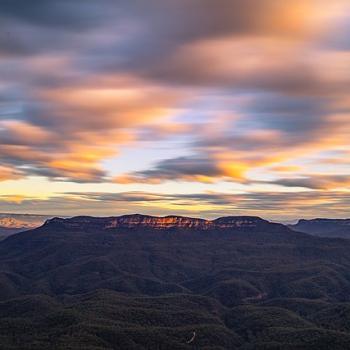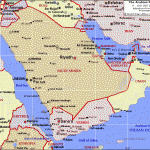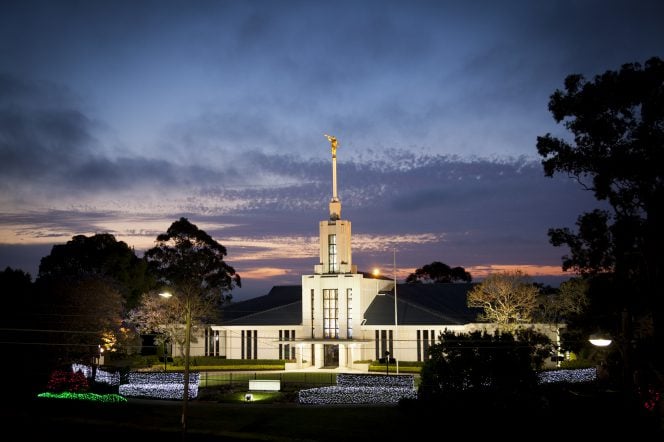
If all goes according to plan and if my understanding is not mistaken, I will be speaking at Buckland House on the grounds of the Sydney Australia Temple this Thursday night, 22 February 2024. I don’t know the time yet, but it will be in the evening. I’m guessing that it will begin at about 7:00 PM or 7:30 PM, but I’ll try to get the time nailed down as soon as I possibly can.
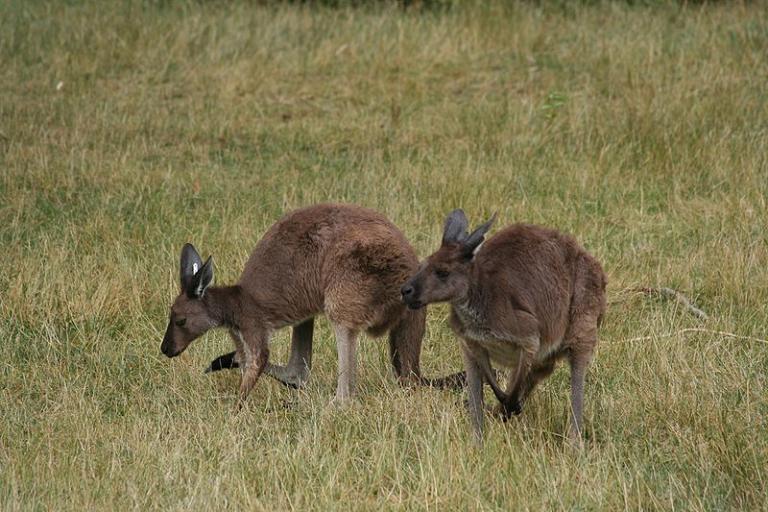
It has been a while, I think, since I’ve been out to the Sydney Australia Temple grounds. I don’t believe that I visited the Temple during my immediately previous visit to Sydney, and my last visit to Australia before that took me solely to Melbourne. But what I think was my most recent visit to the Temple grounds and, if I’m not mistaken, to Buckland House, is a significant memory of mine and is connected with other significant experiences — in Rome, no less. Here’s some of the back story:
For a time, during the period when I was on loan from my BYU home department of Asian and Near Eastern Languages to what would come to be known as the Neal A. Maxwell Institute for Religious Scholarship, one of my principal areas of responsibility (alongside the Middle Eastern Texts Initiative, which was my baby) was oversight of what we called the Center for the Preservation of Ancient Religious Texts, or CPART. In turn, among the major focuses there in CPART was our work on a searchable database of the Dead Sea Scrolls and our effort to digitize damaged records recovered from such places as the ruins of ancient Herculaneum and the long-forgotten Maya murals at Bonampak, in the Mexican state of Chiapas. (By the way, a good though now rarely seen 2003 documentary film — Out of the Ashes: Recovering the Lost Library of Herculaneum — was made of our work in Italy. For a solid basic overview of the Dead Sea Scrolls project to that point, see this 1996 article: “From the Caves of Qumran to CD-ROM.”)
Hearing of these efforts, we were contacted one day by Mar Bawai Soro, who was at the time a bishop in the Assyrian Church of the East. (In the wake of considerable and painful ecclesiastical turmoil related to his ecumenical efforts — which was already beginning when we began to work with him — Mar Bawai later became an Eparch of the Chaldean Catholic Church.) He wanted to know whether our technology could be used to digitize and preserve ancient Syriac manuscripts that were held by the Bibliotheca Apostolica Vaticana (the Vatican Apostolic Library), but that were centrally important to his very old Middle Eastern religious tradition. The Vatican had acquired the manuscripts over previous centuries, and they were now essentially inaccessible to members of his small, impoverished, persecuted, and largely Iraqi church. Could we preserve them, he wondered, and make them searchable?
We were confident that the technology would work. The politics, however, were a different matter. Whereas we had been effectively invited to help with Herculaneum and the Dead Sea Scrolls, we couldn’t imagine that the Vatican would be especially thrilled at the thought of allowing Latter-day Saints access to work in its library. Bishop Soro, however, was living much of each year in Rome at that time, pursuing a doctorate there from the Pontifical University of St. Thomas Aquinas — the famous “Angelicum,” as it is often called — and he said that it wouldn’t hurt to ask. We told him to feel free to ask. We didn’t expect much to come of it.
Soon thereafter, Mar Bawai told us the story of what happened next. He went to the Vatican City office of Edward Cardinal Cassidy, who was serving at that time as president of the Pontifical Council for Promoting Christian Unity under Pope John Paul II. (Some have told me that he was the third-ranking official in the Vatican, after the Pope himself and the Vatican Secretary of State.) In that capacity, of course, he was responsible for building relationships with non-Catholic Christians and Christian denominations. Bishop Soro asked him whether he would be open to the idea of doing a great favor to the Assyrian Church of the East by allowing the digitizing of their records that were held in the Vatican. Cardinal Cassidy pointed out that the Assyrian Church of the East lacked the technical and financial resources to carry out such a project, and asked whether Bishop Soro had a partner in this idea and, if so, who it might be.
Only considerably later did we come to understand that this was no merely idle question. There had been a major scandal in 1997 in which the Vatican Apostolic Library had been ripped off by a consortium that had undertaken to digitize its holdings. The Irish-Canadian Father Leonard Boyle had been ousted as Prefect of the Library that year because of his mistaken judgment in the matter — he didn’t do anything wrong; he was simply a naïve medievalist scholar who was cheated by a handful of greedy American scoundrels — and he died just two years after, in 1999. (Some years further on, I happened to be visiting the Basilica di San Clemente, where by chance I saw his tomb and thought of his sad story.)
Cardinal Cassidy wanted to be sure that the Vatican wasn’t being set up for a second round of disaster.
Mar Bawai’s concerns were quite different and, he eventually told us, he was pretty much looking at his feet when he whispered that it was “the Mormons” who were in line to help him and his community. He had, he told us, already prepared something of a little speech about how we weren’t actually all that bad, really.
“The Mormons!” Cardinal Cassidy exclaimed. “Oh, I like Mormons!” And he not only placed no obstacles in the way of the project, he facilitated it.
We were quite shocked when we heard that story. We wondered why a very high-ranking Vatican cardinal would especially like Latter-day Saints. It turns out that there was (as might have been expected), a story behind that exclamation.
Pope John Paul II visited Australia in 1986. In preparation for that visit, Cardinal Cassidy, a native of Sydney, was sent to meet with government and other officials to make arrangements. Among other things, a reception was organized for him in Sydney so that he could meet non-Catholic religious leaders in the area. Among those invited to the reception was Elder V. Dallas Merrell, a member of the Seventy who was then also serving in the Australia area presidency. Holder of a doctorate in public administration, Elder Merrill had been a political consultant and even a senatorial candidate in Maryland, and he was very outgoing. He made a beeline toward Cardinal Cassidy, and the two hit it off like old friends. By the time Bishop Soro met with Cardinal Cassidy, Elder Merrill had visited with him in Vatican City — you can see a photograph of Elder and Sister Merrell with Cardinal Cassidy here — and, almost unbelievably, the cardinal, wearing merely an ordinary priest’s garb for the trip, had been (so I’m told) a quiet and unheralded guest of the First Presidency and the Twelve in Salt Lake City.
Anyway, the project to digitize Syriac records in the Vatican went forward, and eventually it brought me and Elder Merrell and Daniel J. Oswald (the then director of FARMS, later the Maxwell Institute) and Gary Merrill of southern California (a friend of Elder Merrell’s and a valued supporter of our efforts, who deserves his own entry) on an official visit to Rome and Vatican City to sign a contract. While there, we met with Monsignor Raffaele Farina, then the Prefect of the Vatican Library (and now himself a cardinal) and with Jorge María Cardinal Mejía, the overall head of the Vatican Library and Archives. To my astonishment, Cardinal Mejîa kindly and spontaneously showed us some of the transcripts from the trial of Galileo as well as the famous Codex Vaticanus. Considerably later, on a subsequent visit, we were able to take some of our major donors on a tour of the Library, which most tourists will never see. One amusing aspect of our meeting with Monsignor Farina: He was about to sign the contract or memorandum of agreement with us when, suddenly, he stopped. He said he could not go forward with the signing if the Bibliotheca Apostolica Vaticana were not listed, with Brigham Young University, as co-sponsor of the project. I laughed and indicated that I was going to ask for that. So we proceeded.
While there, of course, we had to visit with Elder Merrell’s friend, Cardinal Cassidy. So we had a couple of very warm visits with him in his office. A few things from those visits stick out in my mind still today:
One day, we gave him a copy of the Proclamation on the Family, which had been issued relatively recently by the First Presidency and the Council of the Twelve Apostles. The next day, when we visited with him, he indicated that he himself could have easily signed such a document. (Perhaps he had skimmed too quickly over the passage about the pre-mortal existence of human spirits.)
At one point, we were discussing the idea of “general revelation,” as opposed to personal revelation. I won’t forget his response. “I can assure you,” he said, “that no pope has ever claimed a revelation.” And, as he said that, he spread both arms to his sides with his hands extended, palms down, to indicate the absoluteness of what he was saying. I remember thinking, “Here’s some common ground that we can agree on!”
I recall, too, his volunteering that Martin Luther had solid reasons for complaining about corrupt practices in the Catholic Church of that period. He lamented the break caused by the Reformation but, he said, he could easily understand it.
At the time, he was preparing to retire from the Vatican and return to Australia. So he wanted us to meet the man who would succeed him as as president of the Pontifical Council for Promoting Christian Unity, Walter Kasper, the Bishop of Rottenburg-Stuttgart, who had also just been named a cardinal. I was, I confess, very disappointed at the thought of not being able to continue to work with this genial Australian, and feared that things might be very different with a Teutonic, German, ecclesiastical official. But Cardinal Kasper — technically, he hadn’t quite yet been “created” cardinal — was extremely kind and accessible. He was very excited at the thought of future contacts between Latter-day Saint “theologians” and Roman Catholic theologians, and proposed a series of meetings. He had checked around, prior to meeting with us, and had discovered that there was, so far as he could tell, no senior leader in Vatican City who had ever had a serious conversation with a Latter-day Saint. Alas, though, and for reasons (on our side) that I still regard as insufficient, nothing ever came of that.
Cardinal Cassidy also invited us to attend a meeting at the Basilica of St. Paul Outside the Walls (San Paolo fuori le Mura) between Pope John Paul II and a large group of bishops from the “separated” Eastern churches. I once wrote about this remarkable experience for the Deseret News:
It was the closest I’ve ever come to a pope — perhaps about twenty or twenty-five feet or so — and, so far as I’m aware, the closest I’ve ever come to a (living) Catholic Saint: He was canonized on 11 September 2014 and is now officially known as Pope Saint John Paul II, to which some add — and I would be inclined to agree — “the Great.”
One day, when the four of us were standing in St. Peter’s Square — which, like Cairo’s Tahrir Square, isn’t actually square — after a meeting with Cardinal Cassidy, the question was raised about how we, as Latter-day Saints whose belief in the Restoration presupposes belief in a Great Apostasy, ought to regard obviously good men like Cardinals Cassidy, Mejîa, and Kasper, as well as Pope John Paul II himself (one of my heroes) and James Francis Cardinal Stafford (another of Elder Merrell’s friends, whereby hangs yet another interesting tale for some coming time). The thought came to me very forcefully on that occasion that the leaders of the Roman Catholic Church were indeed the successors of the first leaders of the fledgling first-century community of Christians in Rome, and that, as such, they deserved our deepest respect. Yes, some of the doctrines and more than a few of the practices of early Christianity had disappeared or been altered. Yes, from our perspective, they lacked genuine priesthood ordination and authority. And, sadly yes, some historical popes and cardinals had been, to put it mildly, wickedly immoral. (I doubt that any informed contemporary Catholic would deny that. Consider, for example, Pope Alexander VI.) But the vast majority of Catholic clergy and “religious” (nuns, for example), historically and certainly today, have been good people, trying to do the right thing, trying to serve Christ and the people. Even during the Apostasy, the Church preserved the Bible and kept basic Christian doctrines alive and taught fundamental Christian virtues. Meeting people like Cardinal Mejía and Cardinal Kasper and then-Monsignor Farina and Cardinal Cassidy — and my beloved teacher in Cairo, Father Georges Anawati (on whom see “Father Anawati, Part One,” and “Father Anawati, Part Two,” and “Father Anawati, Part Three”) — has only served to increase my respect for committed Roman Catholics.
I did not see Cardinal Cassidy again for several years after my experiences with him in Rome, though I thought of him fairly often. In 2006, however, my wife and I were privileged to be there and involved when the then-president of the Australia Area Presidency for the Church of Jesus Christ of Latter-day Saints, the late Elder Paul K. Sybrowsky of the Seventy, presented the cardinal with the “John Simpson Standing for Something Award” for his efforts to foster interfaith and intercultural understanding. The presentation occurred during a program on the grounds of the Sydney Australia Temple. It was very good to see him again at that time, which I correctly presumed would be my last opportunity.
Cardinal Cassidy died in Newcastle, New South Wales — north of Sydney, up the coast — on 10 April 2021, at the age of 96. Requiescat in pace.
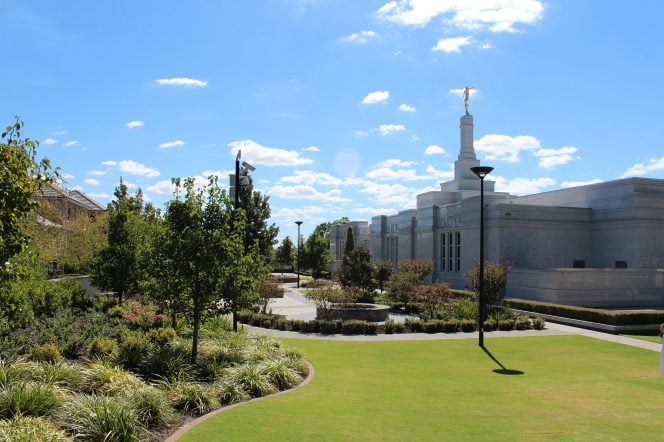
During the 11 February 2024 episode of the Interpreter Radio Show, Terry Hutchinson, John Gee, and Kevin Christensen discussed Come, Follow Me Book of Mormon lesson 10, the importance of the sabbath day, and the pros and cons of Book of Mormon study editions. Their conversation was recorded and, now, freed from commercial breaks, it has been archived and is available to you for listening at your convenience. The “New Testament in Context” portion of this show, for the Come, Follow Me Book of Mormon lesson 10, will also be posted separately on Tuesday, 27 February 2024.
The Interpreter Radio Show can be heard weekly on Sunday evenings from 7 to 9 PM (MDT), on K-TALK, AM 1640, if you are in the Salt Lake Valley. Or, alternatively, you can listen live from wherever you are on the Internet at ktalkmedia.com.
Posted from the Tasman Sea


